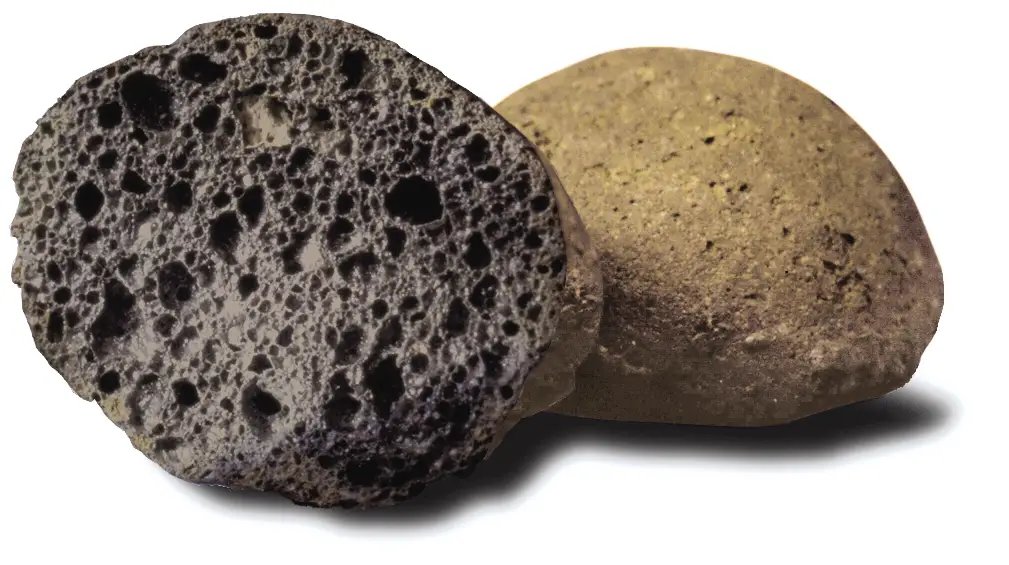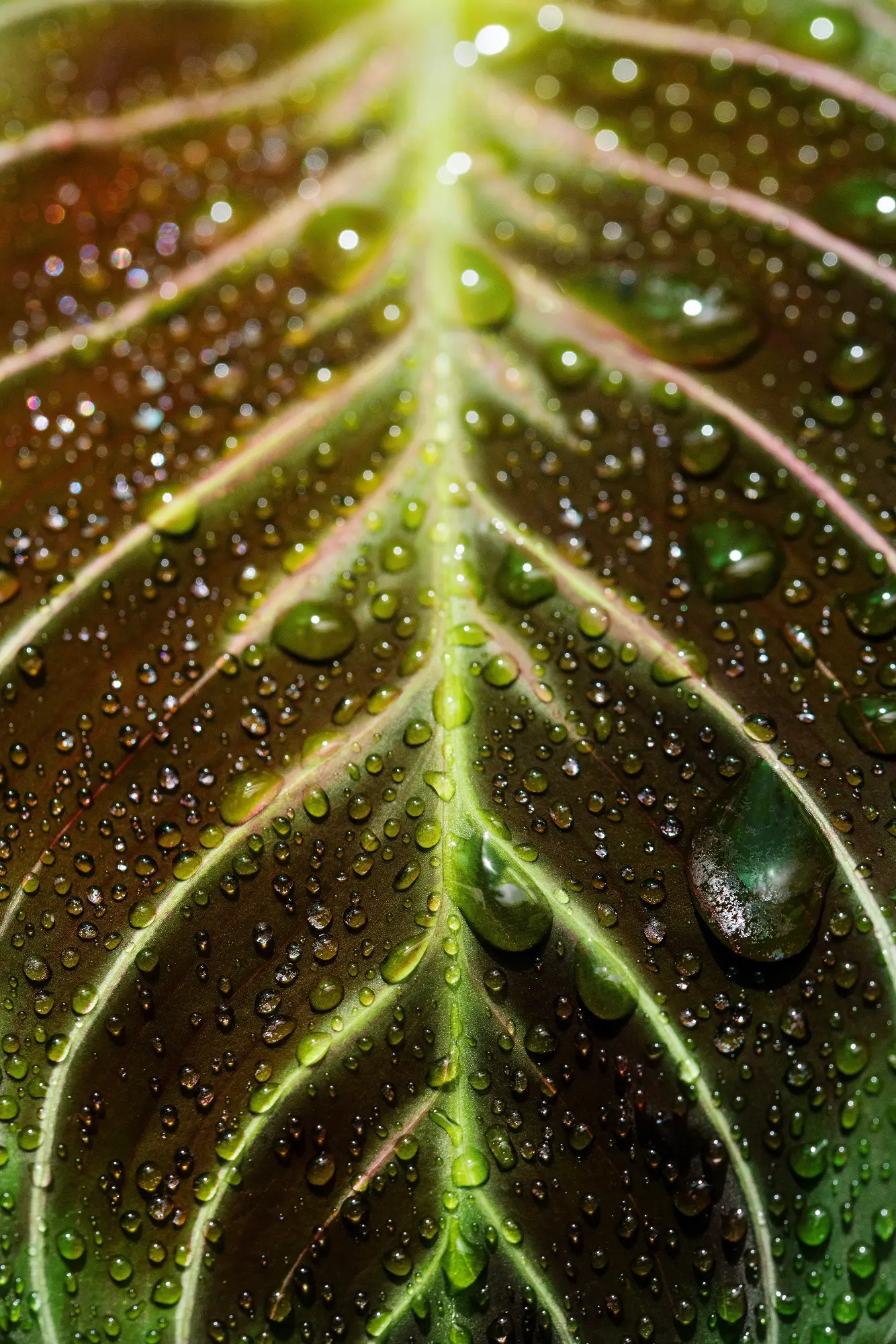Maranta leuconeura, which is commonly known as Prayer Plant, is a favorite among houseplant lovers, and it is easy to see why. The leaf patterning is gorgeous, and the plants actually move throughout the day! Unfortunately, these plants are also known for being notoriously fussy. Recently, I noticed that the new leaves growing from my Prayer Plant were noticeably smaller and thinner than usual. In an effort to ensure my plant will continue to thrive, I did some research, and here is what I found out.
Plants that begin growing smaller, thinner leaves are probably the result of overwatering, too little light, or too little fertilizer. Fertilize your Prayer Plant with a half-strength houseplant fertilizer every two weeks during the spring and summer. To properly water Prayer Plant, allow the soil surface to dry between watering sessions.
The rest of this article will provide details on the care requirements of Prayer Plant. Adjusting your plants’ environment to more closely match its ideal environment should result in the growth of healthier-looking leaves.
About Prayer Plant
Maranta leuconeura, commonly known as Prayer Plant is a species that belongs to the Marantaceae family and the Maranta genus. The Maranta genus is named for Bartolomeo Maranta, who was an Italian botanist during the 16th century. Prayer Plant is a low-growing plant and is native to the tropical rainforests of Brazil.
As previously mentioned, Prayer Plant will close their leaves at night. When they close their leaves, it looks as if the plant is in prayer, hence the name Prayer Plant. This response to light and darkness is referred to as nyctinasty.

Fertilizing Prayer Plant
Prayer Plant should be fertilized every two to four weeks during the spring and summer months with a water-soluble fertilizer that is diluted to half-strength. A fertilizer made for indoor houseplants would work well. If a soil crust begins to form on the soil surface, you are applying too much fertilizer to your Prayer Plant.
You do not need to fertilize Prayer Plant during the wintertime. This is because it is common for Prayer Plant to go through a dormancy period during the winter months.
A research study conducted at the Research Institute of Pomology and Floriculture in Poland investigated the effect of nutrient solution strength on the growth of Prayer Plant. The results of the study showed that a fertigation solution containing the nutrients N, P, K, Mg and Ca in concentrations of 146:46:176:18:120 (ppm) resulted in the most plant growth. In addition, the research showed that leaves with high levels of manganese experienced leaf scorching. Finally, the results of the study also showed that the NH4 : NO3 ratio of the fertilizer and salt concentration of the water used to fertilize did not impact plant growth or influence leaf tip scorching (Strojny, 1999).
Watering Your Prayer Plant
Overwatering can also cause your Prayer Plant to grow smaller, thinner leaves around the base of the plant. Unlike succulents or cacti, Prayer Plant does like to grow in soil that is moist (not soggy) at all times. For this reason, you should not allow the soil to dry completely between watering sessions. However, like all houseplants, Prayer Plant is still susceptible to overwatering. So how do you know if you are overwatering?
Pale or droopy/curled leaves are a sign that you are overwatering your Prayer Plant. In some cases, an overwatered Prayer Plant will also have yellow or brown leaves.
If you believe that your have overwatered your Prayer Plant, move the plant to a spot with plenty of bright, indirect light. Use sterilized scissors or garden shears to remove any brown or yellow leaves. If the soil is completely saturated with water, consider repotting the plant in fresh soil. A shallow, plastic pot with drainage holes would work well since Prayer Plants have shallow root systems. Trim any dead or rotting roots, but do not rinse the roots!
Putting your Prayer Plant in well-draining soil is a good way to prevent future overwatering issues. It is also important to keep your Prayer Plant in soil that retains water. A soil mixture containing peat moss, sand, and bark will drain well. You may also want to consider adding some Lightweight Expanded Clay Aggregates (LECA) to your soil mix. LECA is relatively inexpensive and improves soil drainage. It also improves moisture retention because the pores of the clay aggregates hold on to water.

LECA 
Inside of a clay aggregate
When watering your Prayer Plant, do not allow the leaves to get wet. This can make the plant susceptible to Helminthosporium Leaf Spot which is a disease caused by a group of fungi Bipolaris, Drechslera, and Exserohilum spp) that is active over a wide range of temperatures.

Prayer Plant Light Requirements
Low-light conditions can cause now leaf growth to be small and immature. Large internodes (the spaces between leaves) are another sign that your Prayer Plant is not getting enough light. Too little light can also cause your Prayer Plant to have a pale, unhealthy appearance.
Most plants start their life in greenhouses that provide them with the ideal amount of light. However, in some parts of the United States (especially the Pacific Northwest), it is difficult to provide enough light for plants to grow like they would in the wild. It is not uncommon for plant parents to bring home a beautiful plant only for it to look out of sorts in a couple of months.
Ideally, your Prayer Plant should be exposed to 4-6 hours of bright, indirect sunlight each day. Ideally, Prayer Plant should be placed 5-10 feet from a south-facing window. Do not put your Prayer Plant in a location that receives a lot of hot, direct sunlight as direct sunlight can scorch the leaves and cause the colors to fade.
If your Prayer Plant starts to look unhealthy, especially during the wintertime, try supplementing natural light with artificial lighting. You could also prune off the small growth, so your plant will produce new stems. The new growth should appear normal as long as your plant is now exposed to enough light. Pruning will encourage your Prayer Plant to grow bushier.
Cleaning the Plant Leaves
To ensure that your Prayer Plant continues to receive enough sunlight, it is important to wipe off any dust accumulation. Layers of dust block the leaves’ photo receptors and prevent the plant from photosynthesizing properly.
To clean the leaves, gently wipe the leaves with a clean rag. I do not recommend rinsing the leaves in the sink. As previously mentioned, allowing the leaves to get wet can make the plant vulnerable to Helminthosporium Leaf Spot.
Learn More
To learn more about caring for Prayer Plant, check out my Prayer Plant Care Guide by clicking here.

